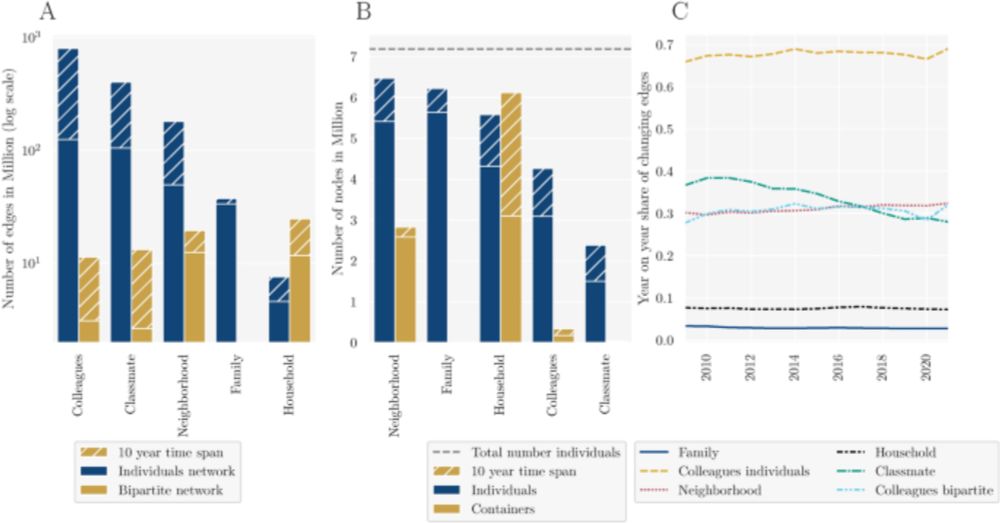Andreas Bjerre-Nielsen
@andbjn.bsky.social
200 followers
37 following
12 posts
associate prof. of econ and social data science | topics: education & algorithms | methods: stats, machine learning & econ. theory | dad
Posts
Media
Videos
Starter Packs

